by Rabbi Yair Hoffman for the Five Towns Jewish Times
Rabbi Chaim Yaakov Rottenberg zt”l was the Rabbi of the Chareidi community in Paris, France under the Nazis y”sh. He was an outstanding Talmid Chochom who was an expert in the laws of Agunos as well. After the war he commuicated with Rav Tzvi Pesach Frank on halachic issues.
While in the Nazi concentration camp, Rav Rottenberg would erect a Sukkah on the day before the Yom Tov and fulfill the Mitzvah of eating a Kezayis in a Sukkah.
On account of the fact that it was mortally dangerous, he would then proceed to take the Sukkah apart that night so that the Nazis would not catch him.
Ours is not to question the dedication and Mesiras Nefesh of those saintly Tzaddikim who gave their all to fulfill Hashem’s Mitzvos during those times. Indeed, an argument could be made that even if there would be halachic problems with proceeding upon such a course, the very times and atmosphere of such evil in the world demanded that individuals stand up for Mitzvah observance to vouchsafe Torah Judaism for future generations. Halacha itself might make exceptions in certain circumstances to observe these Mitzvos despite other halachic problems.
Nonetheless, it is still instructive to delineate the halachic issues involved in Rav Rottenberg’s observance of this Mitzvah of Sukkah under unparalleled adversity. The benefits are two-fold: Firstly, we will gain understanding of the concepts involved, and secondly, perhaps we can gain a new appreciation of this remarkable Mitzvah of Sukkah.
IS THE SUKKAH VALID?
The first question is whether the Sukkah itself is valid or not. The Ramah (OC 640:4) in Hilchos Sukkah tells us that if a person is afraid to remain in the Sukkah on account of a fear of robbers, then the Sukkah is invalid –even at the outset Why is it invalid? The answer is that it is considered Mitztaer- pained or uncomfortable. The Talmud tells us that the requirement for a Sukkah is Tishvu k’ain taduru – you must dwell in the Sukkah in the manner that you dwell all year round. Hence if a person is unduly uncomfortable because of the wind or flies, mosquitoes or a bad smell, he does not fulfill his Mitzvah with such a Sukkah.
A second question is that there is a requirement for the Sukkah to be able to last all seven days of the holiday.
The third question is are we in fact permitted to make a Sukkah when we know that we will have to take the Sukkah down on the holiday itself.
A fourth question, of course, is, in general, one obligated to risk their life in order to fulfill the Mitzvah of Sukkah?
RAV ELYASHIV ZATZAL’S RULING
The entire matter was presented to Rav Elyashiv zt”l (See Kav V’naki p. 196) who responded to the first question alone. Rav Elyashiv suggested that in his particular situation Rav Rottenberg must have felt that for a period of less than an hour there would be no concern of the Nazis coming and discovering his Sukkah. The Sukkah was therefore Kosher since he erected it very close to sundown and removed after Tzeis HaKochavim.
This author would like to suggest that even if it was a danger, the Sukkah may still have been valid according to a number of other authorities. The Shaarei Teshuvah (OC 640:5) cites a number of authorities that dispute the notion of the Sukkah being invalid for these reasons, especially for the Mitzvah of eating.
The Remah’s source for this Halacha is actually found in the Mordechai in hilchos Sukkah. But many authorities question the words of this Mordechai. These authorities include the Chacham Tzvi and his son the Mor Uketziya. Indeed, the Shaarei Teshuvah argues, the very existence of a Sukkah being kosher at a minimum of seven handbreadths by seven handbreadths indicates that even when one is uncomfortable, there is still a Mitzvah of eating in the Sukkah. Under the extreme circumstances that Rabbi Rottenberg experienced, a good argument could be made that one may rely upon the opinion of these other authorities – especially since one has no other choice in order to fulfill the Mitzvah.
As far as the second question goes – the reason to take it down is external, and thus not a problem in and of itself.
As far as question three, the Shulchan Aruch (540:1) expressly permits taking the Sukkah down if there is a danger. Taking it down on Yom Tov is a malacha sh’aia tzricha l’gufo – since he is doing it for the reaosn not to be killed rather than taking it down to rebuild. Since this is a rabbinic violation, an argument could be made that they did not make this enactment when it would result in no Mitzvah at all.
And finally, regarding question four – as Rav Elyashiv said, he did not feel it was a danger.
The author can be reached at [email protected]




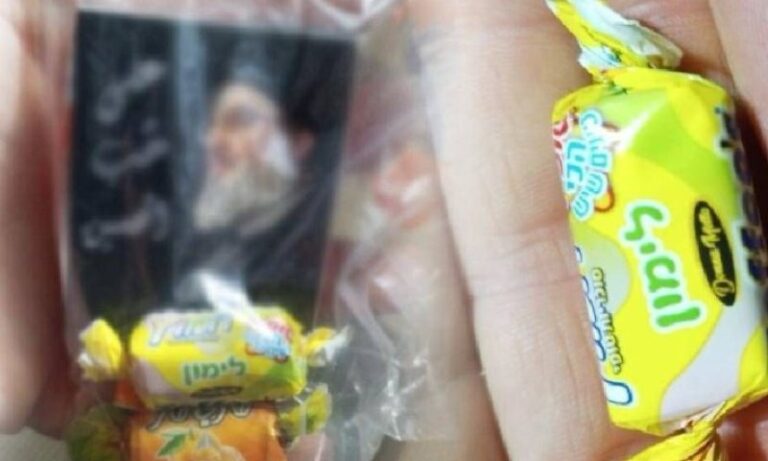
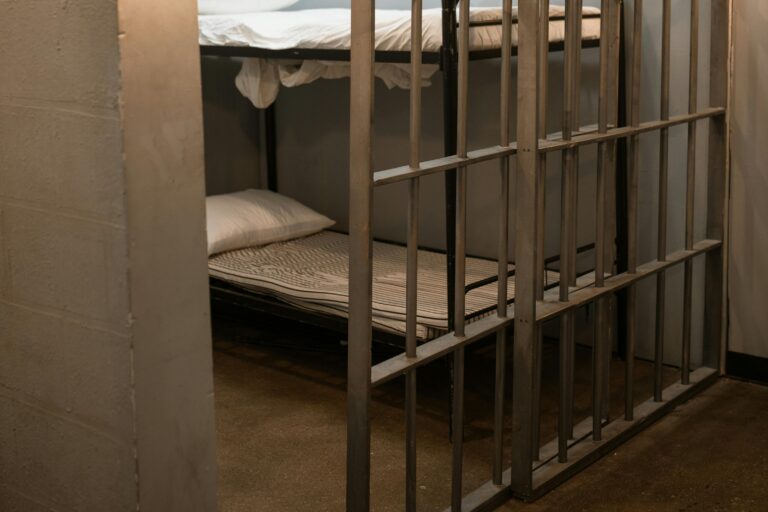
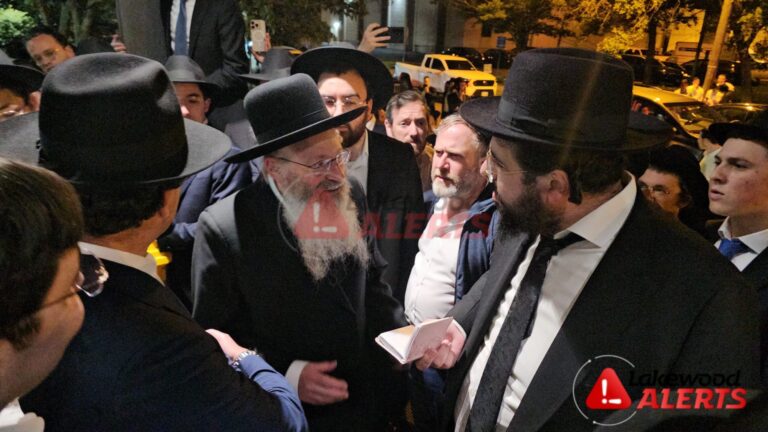

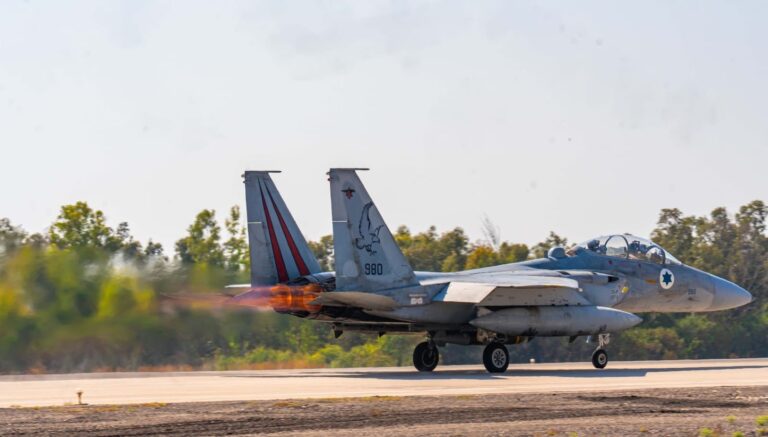
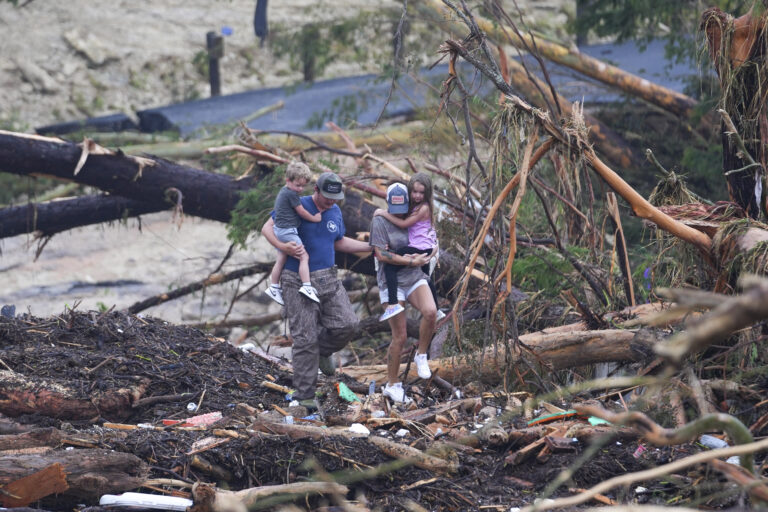
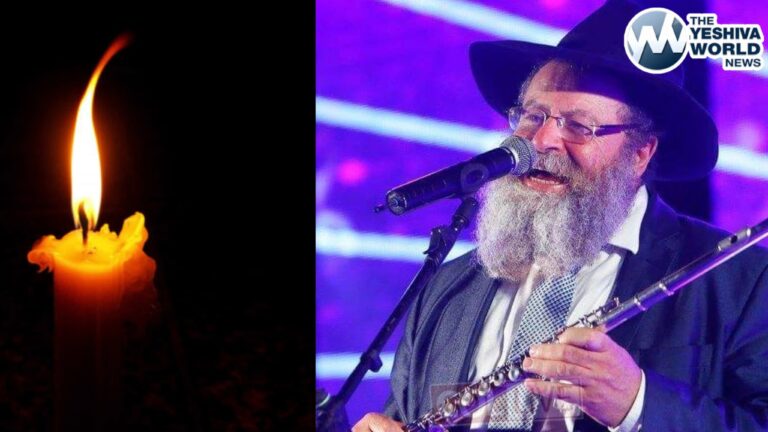
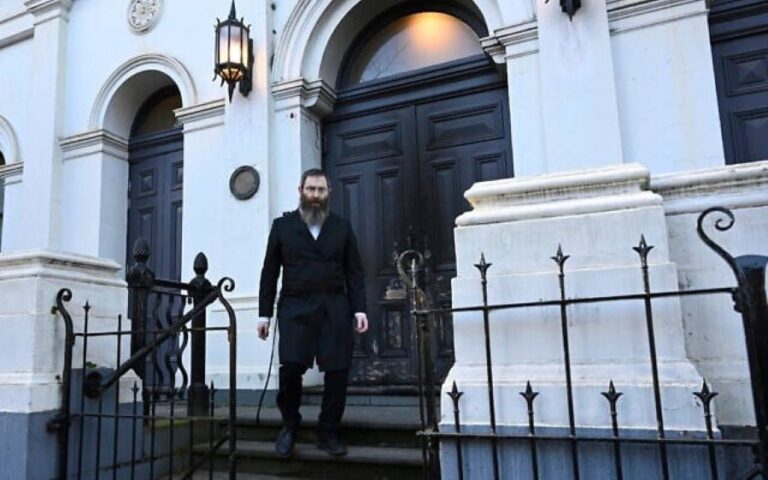
5 Responses
Gut Erev Yom Tov!
Thank you Rabbi Hoffman for an insightful analysis – YWN, just a ha’arah, the picture on the article is of HoRav Hatzadik Rav Mordecai Zuckerman ztl, talmid of the chofetz chaim ztl – who lived in givat shaul the last years of his life.
Thank you for changing the picture!
Could be even though he might not be mekayem the mitzva for the above reasons but he does not eat outside of the sukkah, as the minchas chinuchas differentiates, the reasons don’t invalidate the sukkah.
There weren’t charedim back then
:Taking it down on Yom Tov is a malacha sh’aina tzricha l’gufo – since he is doing it for the reaosn not to be killed rather than taking it down to rebuild.” – it is a soser shelo livnos (dismantling not for rebuilding) which is d’rabbonon.
The approach of melacha sh’aina tzricha l’gufo is deficient when the result is “nicha lay” (his resulted by product is wanted) – in this case, the dismantling is the intended AND DESIRED outcome.
I point this out only lehagdil Torah and to add in rischa d’orayta (the heated boiling of Torah debate), and not to c”v criticize or shlog the learned and scholarly author.
If my comment is incorrect, which is very possible, please reply.